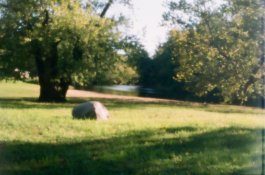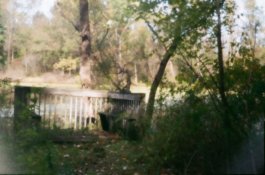Grandpa Ron
Member
Here are three of my latest pinhole camera shots. They are taken with an .014" pinhole for an f 155 aperture.
They are as shot with no enhancements. My objective is to get as good a picture as possible with the pinhole, not the computer processing.
I believe this is as good a resolution as I can get with the 35 mm format, as the image is enlarged many times for viewing.
My next attempt will be with a 4x5 view cameras which will allow a large format and a smaller aperture with the pinholes I can make. But first I have to restore the camera.
The three photos are; the field next door, a bend in the Tippecanoe River and an old pond viewing deck.
They are as shot with no enhancements. My objective is to get as good a picture as possible with the pinhole, not the computer processing.
I believe this is as good a resolution as I can get with the 35 mm format, as the image is enlarged many times for viewing.
My next attempt will be with a 4x5 view cameras which will allow a large format and a smaller aperture with the pinholes I can make. But first I have to restore the camera.
The three photos are; the field next door, a bend in the Tippecanoe River and an old pond viewing deck.








